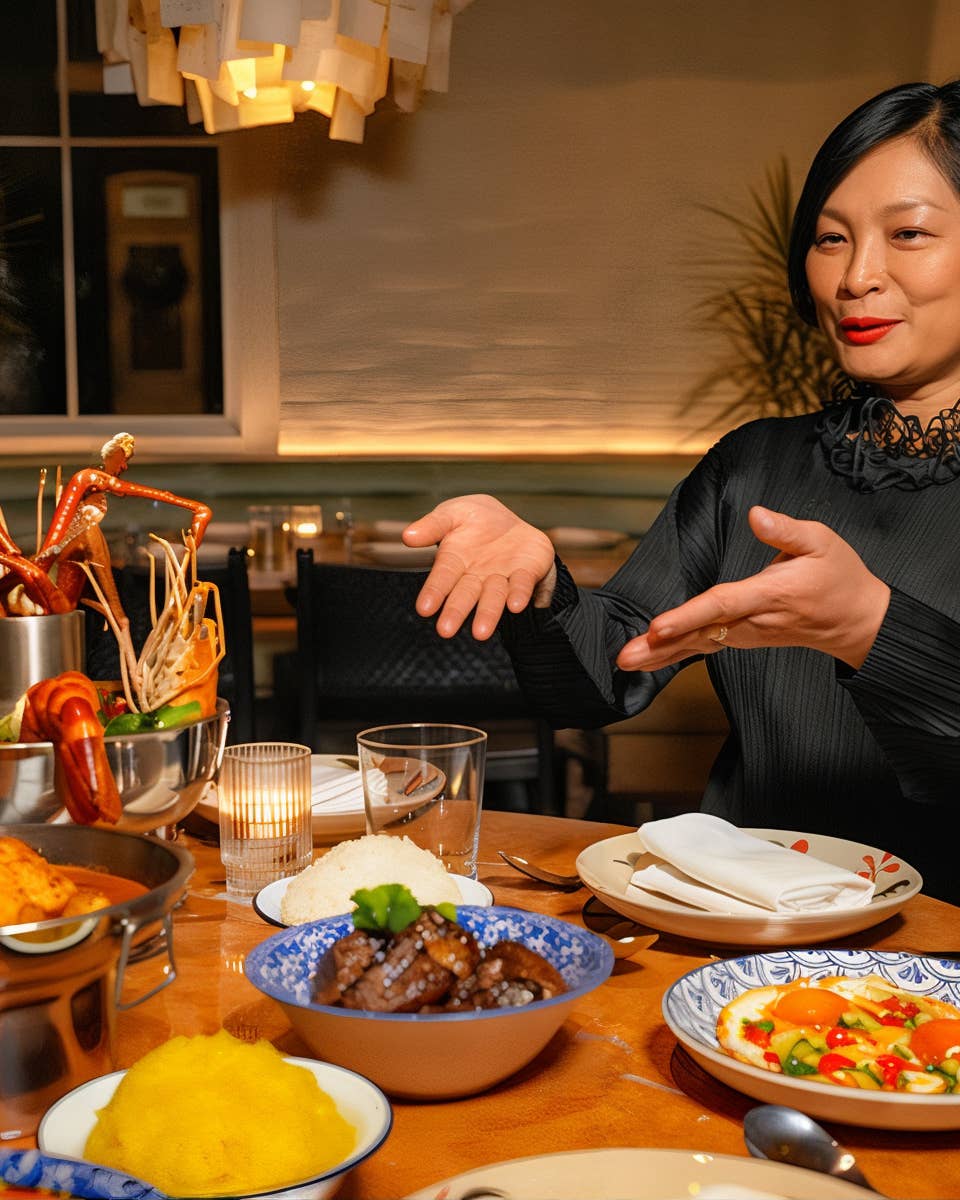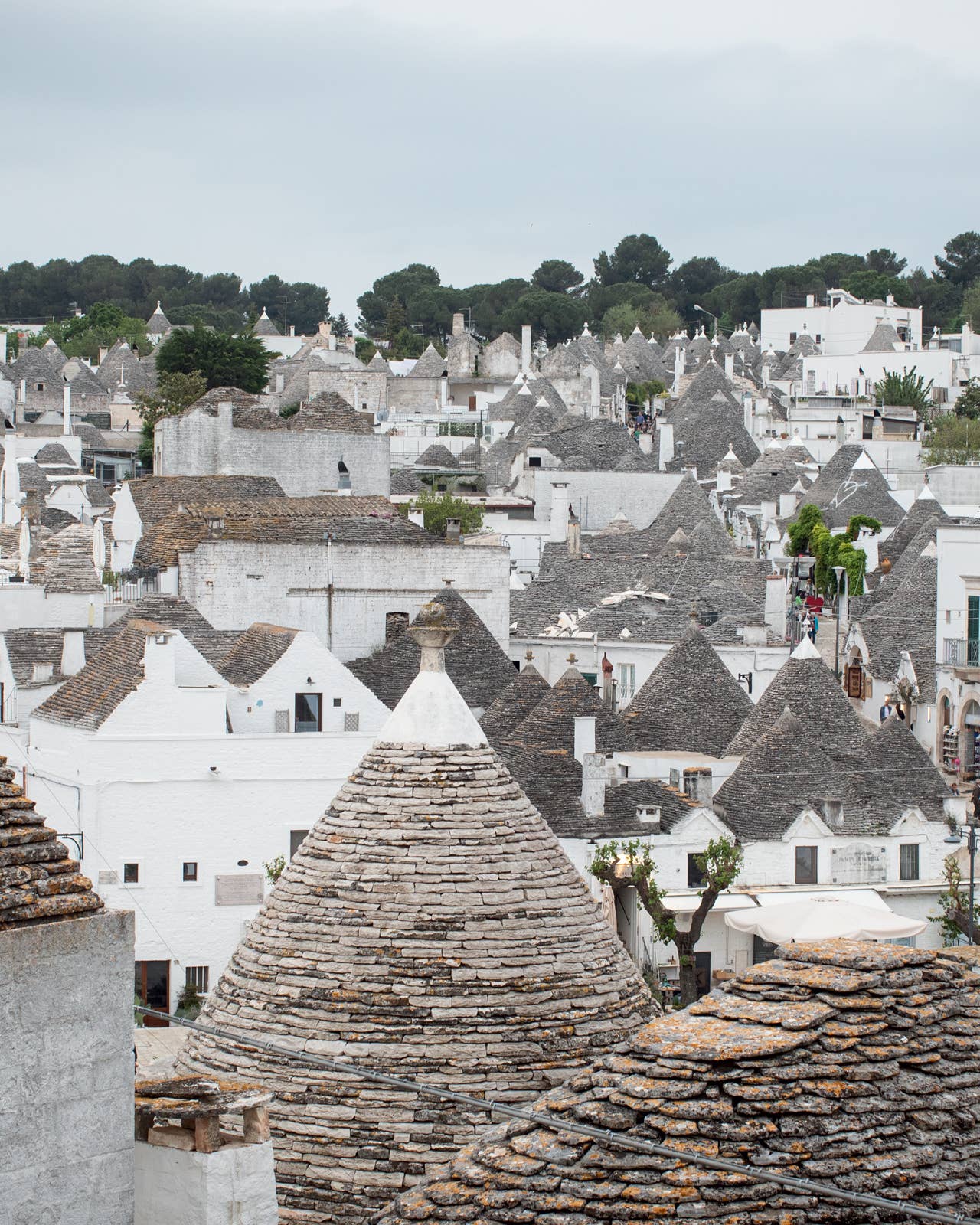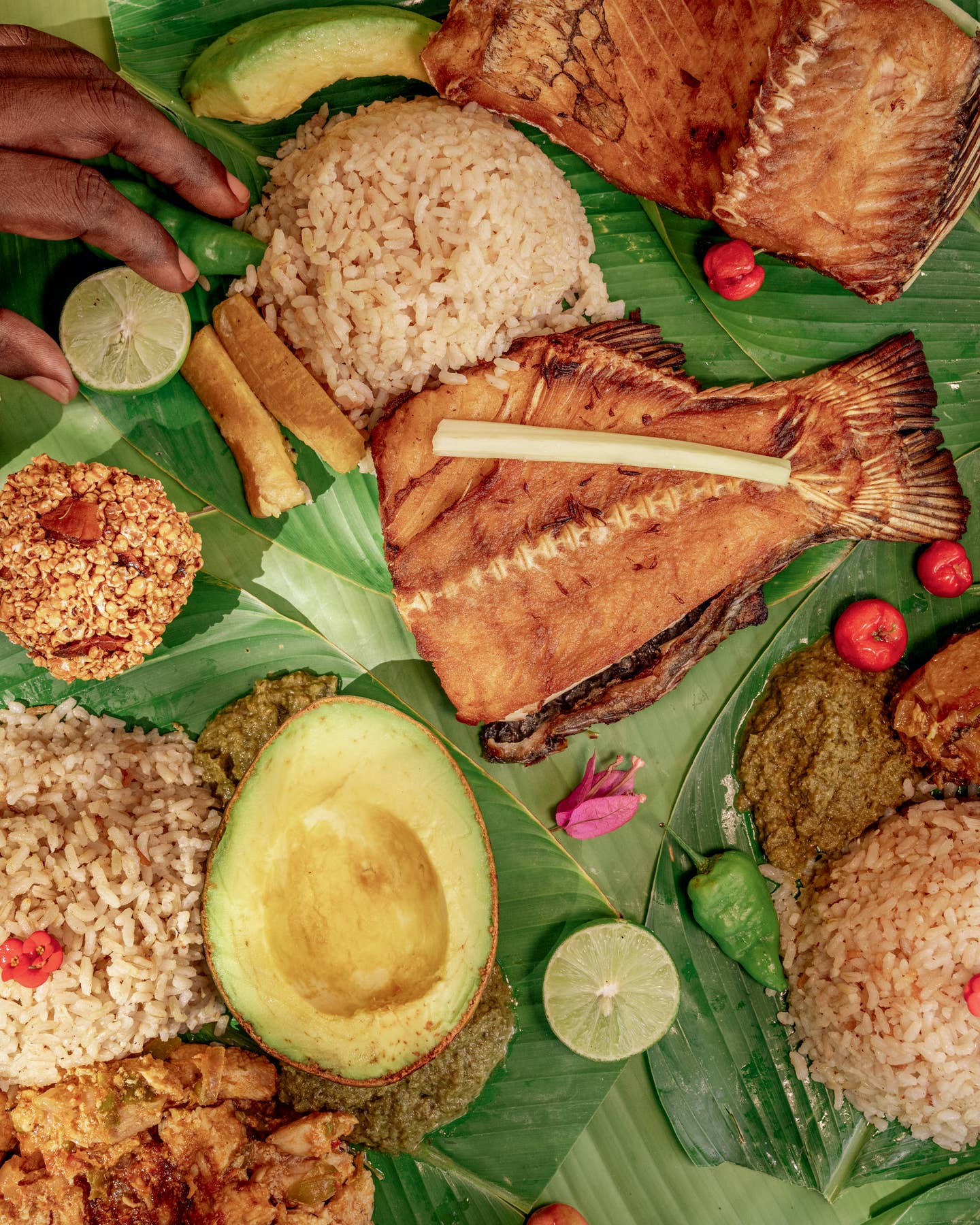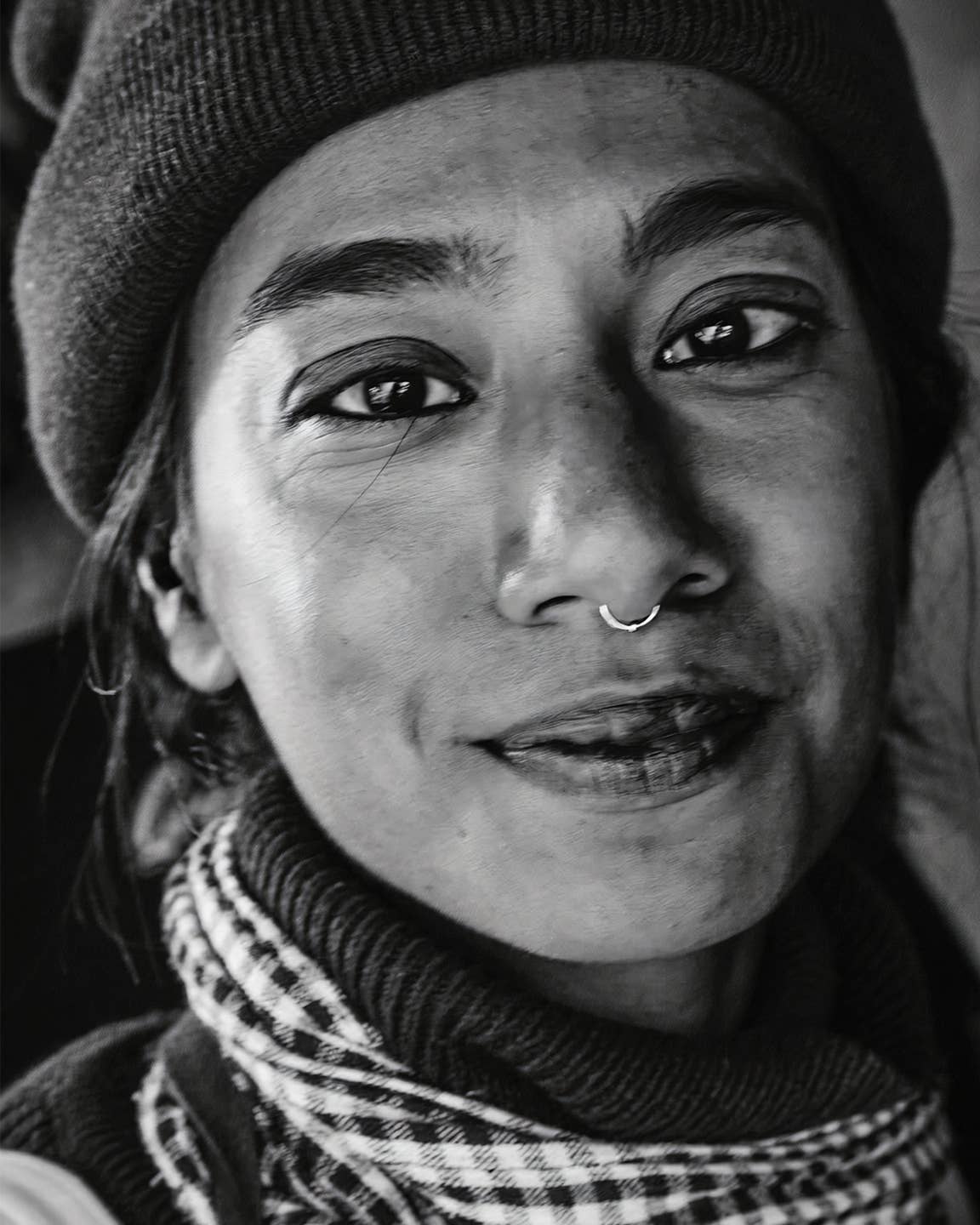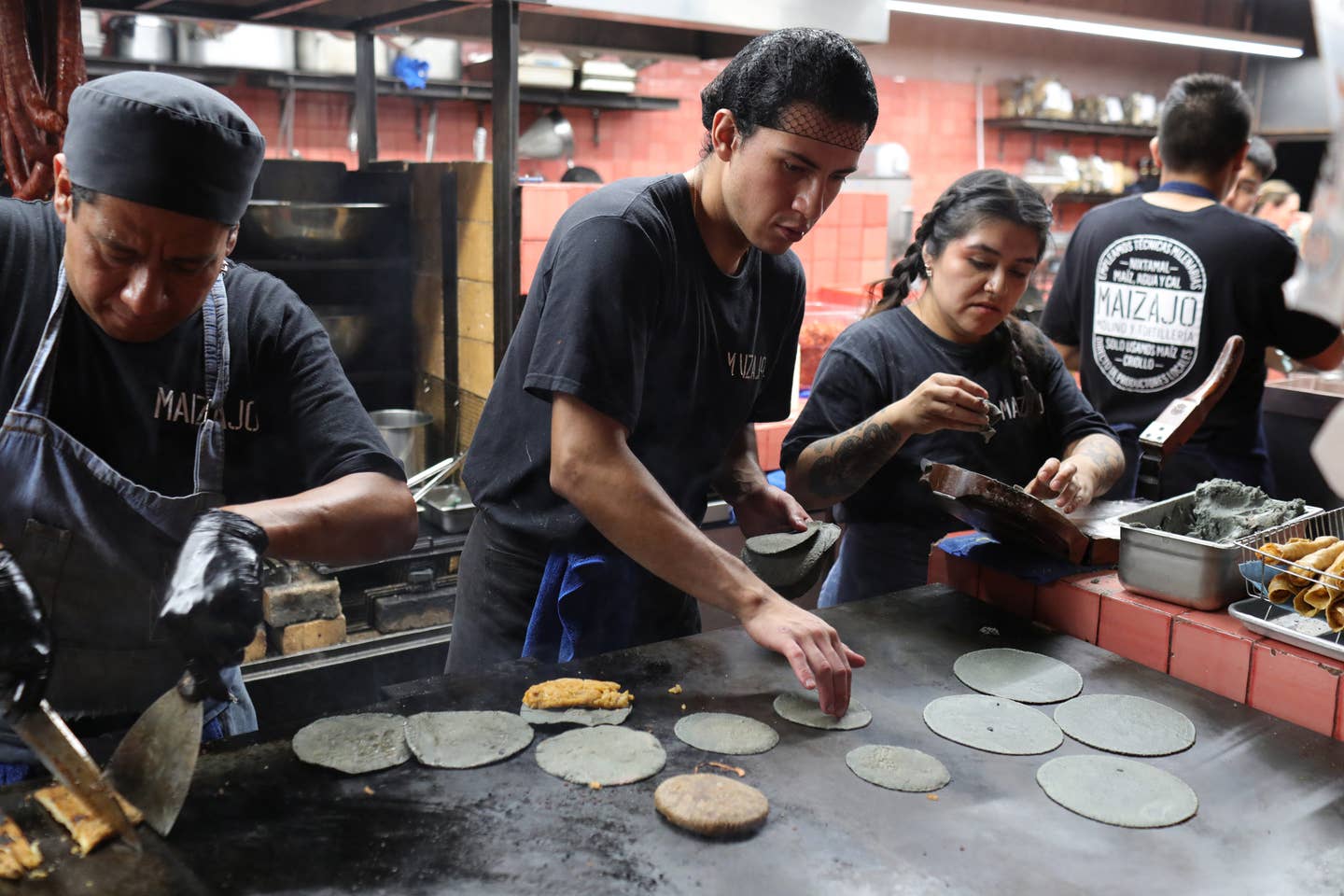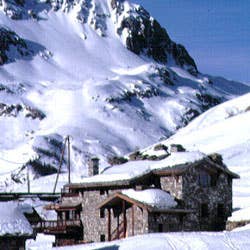
Cooking of the French Alps
The Alps are emblematic, mountains as metaphor. They're imposing, romantic, operatic—inspiring us to poetry and to heroic deeds (whether fearlessly scaling their faces or just schussing in mild terror down the intermediate run).
They are also famous for their food, promising to nourish us with honest, robust fare once we've conquered the slopes in one direction or the other (or even just thought about doing so). This is especially true, not surprisingly, on the French side of the Alps.
The region of Savoie, divided into the departements of Savoie and Haute-Savoie, lies at the heart of the French Alps—the remnants of a kingdom that ruled much of this part of Europe for eight centuries, until the mid-1800s—and it is here that French mountain cooking thrives most vigorously. The raw materials are rich and varied—cheese and other dairy products; apples, pears, plums, and cherries; mountain berries and wild mushrooms; wild game; fresh fish from local lakes—not just trout but perch, pike, and the sublime omble-chevalier. Fondue Savoyarde is the region's most famous dish, but hearty soups and stews (among them the famous Potee), civets of game, potato dishes, and glorious fruit tarts all appear on the Savoyard table as well.
The Savoie is home to many of France's most fashionable ski resorts—Chamonix, Courchevel, and Val d'Isere among them—and these, of course, imply elaborate resort hotels: mountain palaces with serious dining rooms serving dishes that may or may not owe anything to their surroundings. But basic country cooking has survived as well in the Savoie, both in homes and in restaurants, and there are even signs today that the ski culture is beginning a romance with the region's traditional gastronomy.
Val d'Isere is the Holy Land of French skiing. Scarcely a century ago, the town, then called L'Aval de Tignes, was a modest village, accessible only by mule track. There were no ski lifts or tourist chalets, of course. Skiing was unknown. Snow made the rules.
In autumn, in those days, the men of the village descended to larger towns to find work for the winter. The women and children stayed behind, often living with the livestock to keep warm. In spring, the men returned, rushing back to plant their crops and lead their animals into summer pastures. Summer was the time to harvest wild herbs to dry for the winter menu. Before the men left the village again, pigs were slaughtered, and hams and sausages were made. In the communal oven, loaves of rye bread were baked, to be stored for months on wicker racks. (Before serving, they were softened in a damp towel. Otherwise, they'd have been rock-hard.) With chestnuts and polenta, these were the staples of the winter diet.
That was life—and food—here before skiing. Things began to change in 1878, when a Savoyard named Henri Duhamel bought some narrow wooden planks from Scandinavia at the Paris Exposition and introduced them to the Alps. "The use of skis permits a skilled Alpine peasant to go easily from one point to another," explained an article in La Croix de Savoie in 1908.
By the 1930s, Val d'Isere had started to become a center for winter sports enthusiasts. One of the first hotels in town to earn a reputation beyond the Alps was Hotel Le Solaise, opened in December 1938 by Noel and Palmyre Machet. "The grocer in Tignes delivered provisions for the whole winter all at once," Palmyre remembered. "We served Savoie ham, trout, and game. In those days, you had to have a passion for the mountains to come to Val d'Isere. There were no lifts to get you up the slopes. You had to be dragged on sealskins by mules. Everyone carried spools of red wool to unwind for marking spots susceptible to avalanche."
Today, skiing in Val d'Isere is a high-tech pursuit, but at the table, time-honored specialties of the region are very much in evidence—crozets (small cubes of buckwheat pasta), diots (local sausages, usually braised in white wine), polenta, and Potee. The Hotel Le Solaise is gone, but at the restaurant that bears its name, Laurent Caffot, the Machets' grandson, prepares exquisite frogs' legs and omble-chevalier. He turns plebeian snails into a light and elegant fricassee. And he is not afraid to marry foie gras with polenta, one of the simple foods of yesteryear. The roots of the village still run deep.
Since the completion of the Mont Blanc Tunnel in 1965, the road to Chamonix has become one of the most heavily traveled in Europe, and the town has become an international capital of skiing and mountain climbing. Like Val d'Isere, though, it remained a harsh environment for its residents until recently. Only a few decades ago, local children still made their way to school through the snow in hobnailed wood-soled shoes. For lunch, they carried simple meals of potato fritters and cafe au lait, to be reheated over the school's wood stove.
During the long months of winter, the people of Chamonix depended on a diet of potatoes, cheese, onions, and pork products. Today, these same ingredients are still basic to the local cuisine. One of the most popular offerings is an ancient specialty called reblochonnade (also known as tartiflette), a sturdy cousin of the classic gratin savoyard. The dish is made of thinly sliced potatoes sauteed with bacon and onions, moistened with cream, then baked in the oven. Finally, generous slices of creamy reblochon (a cow's-milk cheese made in the Haute-Savoie) are melted on top. The dish feels hearty enough to insulate against the most bracing winter winds, all the way till spring.
Courchevel was born in December 1947, high in the Alps above the pretty commune of Saint-Bon. Saint-Bon has a long history. As early as the 13th century, the people of the commune began to farm the Alps, cutting tiny pastures called montagnettes out of the dense forests in the lower elevations of the mountains. Here they raised cows and goats, using the milk to make beaufort cheese and butter. At higher altitudes, they cultivated meadows and stored hay in their montagnette barns, retrieving it in wintertime on sledges.
By the beginning of our own century, Saint-Bon's population began to shrink as its citizens left to seek jobs in larger towns. At one point, there were only ten inhabitants and a minuscule herd of cattle left in the commune. But a change of fortune was in store for the area. Arnold Lunn, the inventor of the slalom, came to Saint-Bon in 1935. He'd been touring the region on behalf of a group of English investors, who wanted to establish a new ski resort in the French Alps, and near Saint-Bon he found the perfect place. The northern exposure assured a thick mantle of snow, and numerous sunny slopes offered natural locations in which to build chalets and hotels. Work was begun on the installation, and just over a decade later, Courchevel came into being.
Courchevel and the surrounding area are full of restaurants. At lunchtime, the ones highest up in the mountains are the most eagerly sought out. On the lively slopes of La Saulire and Les Verdons, so thick with elegant Parisians that they're nicknamed Les Champs-Élysees, the Chalet de Pierre serves authentic Savoyard dishes, including a warm beaufort tart, cured country ham, a superb cheese board, and renowned desserts.
In the evening, the mountains still reflect light from the horizon, tingeing white peaks with pink. At this hour, when the day's play is done, skiers sip mulled wine before heading off to the table. Then they sit down to a sumptuous array of dishes, from Mediterranean seafood to such unmistakably local offerings as raclette (melted raclette cheese served with potatoes, ham, and cornichons) or a classic fondue.
Val d'Isere, Chamonix, and Courchevel are world famous. The Haute Maurienne region, south of Val d'Isere, is still waiting to be discovered. For a long time, it was nothing more than a place one passed through between the Savoie and Piedmont. Today, thanks to local efforts, the town of Bessans has become a capital of cross-country skiing, while Lanslebourg, Lanslevillard, and Termignon have joined together to create the winter sports center of Val Cenis.
Still, local residents don't forget their history: Charlemagne waged battles here against the Lombard armies; pilgrims and merchants passed through, traveling between France and Italy. The ascent from Piedmont was long and steep. On the French side, the slope was milder. Travelers made their descent in sledges made of bound branches, which moved fast but were short on comfort. Happily, at the end of the journey there were inns and taverns.
The Jorcin family has owned such establishments in Lanslebourg for nearly 200 years. Here, arduous trips were forgotten as travelers feasted on pink trout from nearby streams, roast kid with morels, lambs' brains fritters, and local cheeses, followed by mountain berries beaten with cream or by honeyed matefaim—literally "hunger-killer," a dessert of thick risen pancakes and apples cooked in butter—all washed down with a crisp, petillant Savoyard white wine. With the exception of the pink trout, now gone from local waters, the Jorcins serve the same dishes today at their present restaurant, L'Alpazur. Things change slowly in the mountains of France.
Keep Reading
Continue to Next Story




